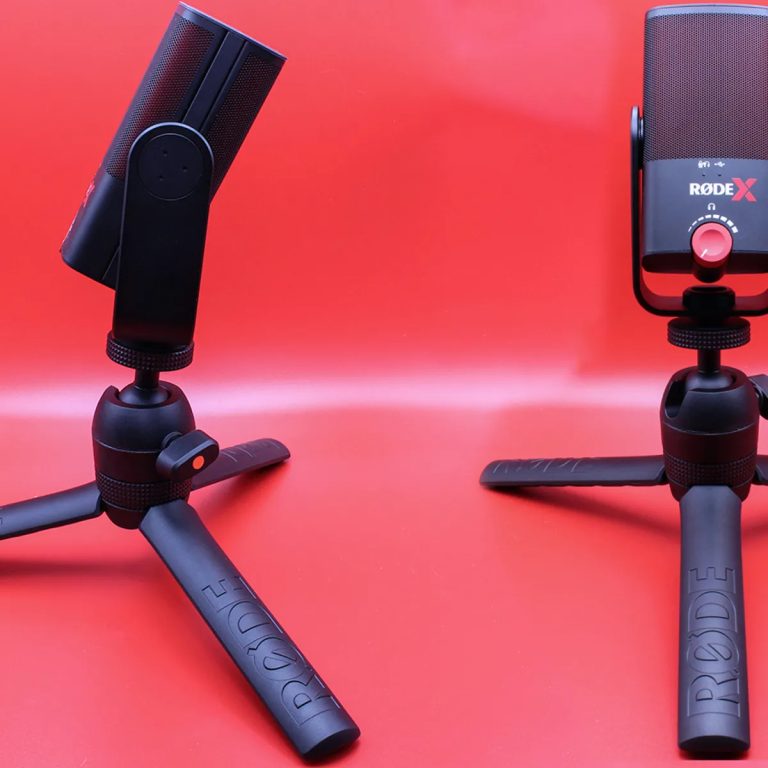Rode Microphones have a strong reputation for delivering crystal clear audio in various recording settings. Whether you’re a filmmaker, podcaster, musician, or content creator, Rode offers a range of microphones that cater to your needs with exceptional sound quality. This article will explore selecting the ideal Rode microphone for your project, setting it up for optimum recording, tips for capturing the best audio, and maintaining your microphone to ensure its longevity.
Selecting the Ideal Rode Microphone
Assessing Your Recording Environment
The first step in capturing crystal clear audio is choosing a Rode microphone suited to your recording environment. Consider where you will use the mic: indoors, outdoors, in a studio, or a live setting. For example, the Rode NTG series is excellent for outdoor film shoots, while the Rode NT1-A excels in a controlled studio environment.
Understanding Microphone Types
Different projects require different types of microphones. Rode offers various models, including condenser, dynamic, and shotgun microphones, each with specific uses. Condenser microphones are ideal for vocal and instrument recording due to their sensitivity, whereas dynamic microphones are more suited for loud sources and live performance. Shotgun microphones are perfect for directional audio capture, especially in film and television production.
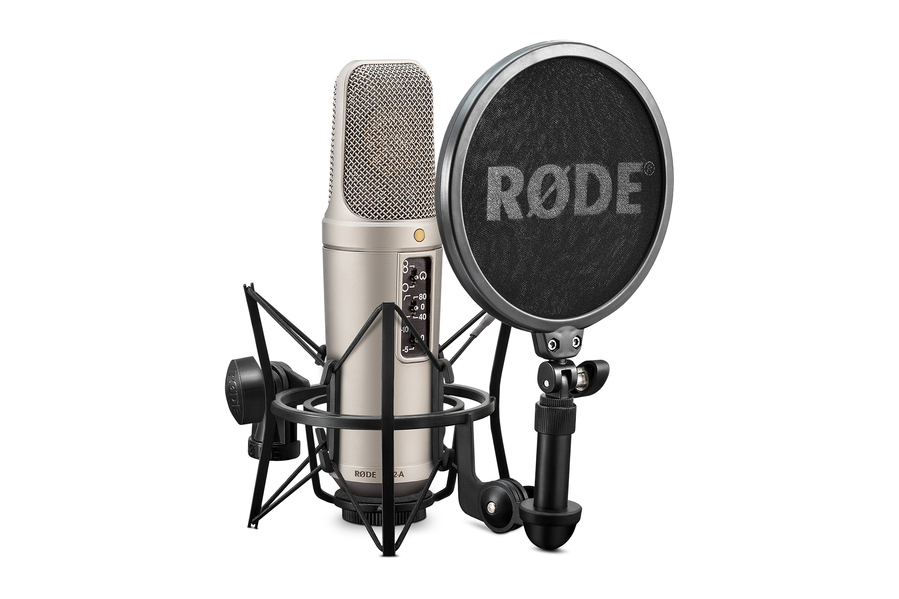
Setting Up Your Rode Microphone
Finding the Right Position
Once you’ve selected your Rode microphone, positioning it correctly is vital. For vocal recording, place the microphone at a distance of 6-12 inches from the source, with a pop filter in between to minimize plosives. When recording instruments, adjust the distance and angle to capture the desired sound.
Adjusting Settings for Clarity
Most Rode microphones have settings that you can adjust to enhance audio capture. Use the low-cut filter to reduce low-frequency rumble or background noise. If your microphone has different polar patterns, select the one that best matches your recording scenario. Omni-directional patterns capture sound from all around, while cardioid patterns isolate sound from the front, minimizing background noise.
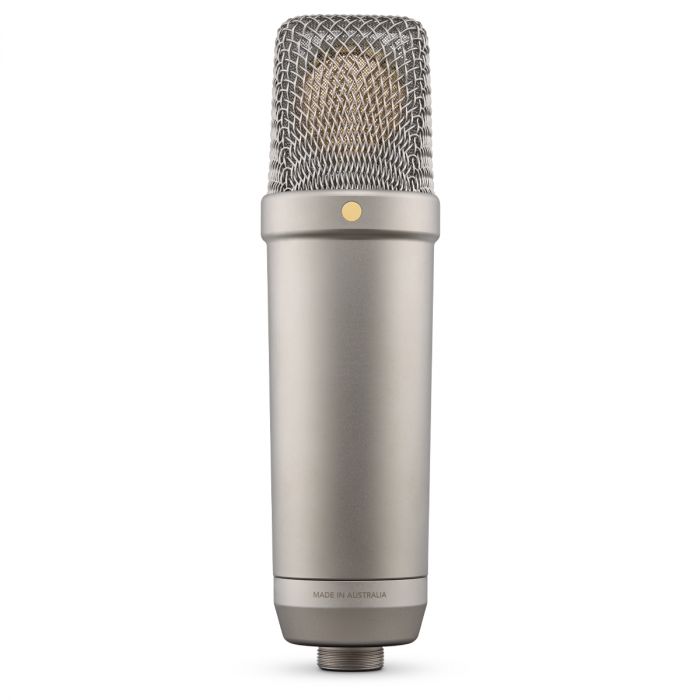
Capturing the Best Audio
Monitor Levels During Recording
Keep an eye on audio levels during recording to prevent clipping, which can distort your sound. Use an audio interface or mixer with level meters, and aim to record peaks around -6dB to -3dB, allowing headroom for post-production adjustments.
Experiment with Acoustics
Room acoustics significantly affect recording quality. Experiment with microphone placement within the room to find the sweet spot. Absorbent materials like foam or curtains can help to dampen reverberations, while diffusers can reduce standing waves. Achieving the right acoustics will complement the clarity of your Rode microphone.
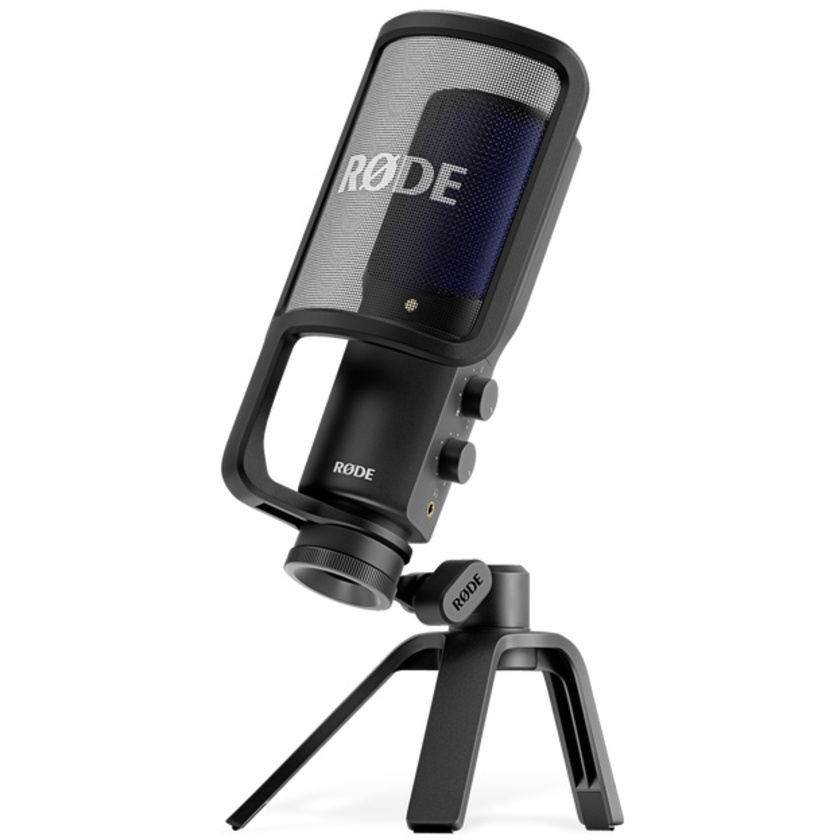
Maintaining Your Rode Microphone
Regular Cleaning and Storage
To keep your Rode microphone performing at its best, clean it regularly with a dry, soft brush to remove dust. After use, store it in a protective case or cover to shield it from moisture and dust. Avoid exposing the microphone to extreme temperatures or humidity.
Handling with Care
Always handle your Rode microphone with care. Even though many Rode mics are built to be durable, they are still precision instruments. Avoid dropping or jarring the microphone, as this can damage internal components and affect audio quality.
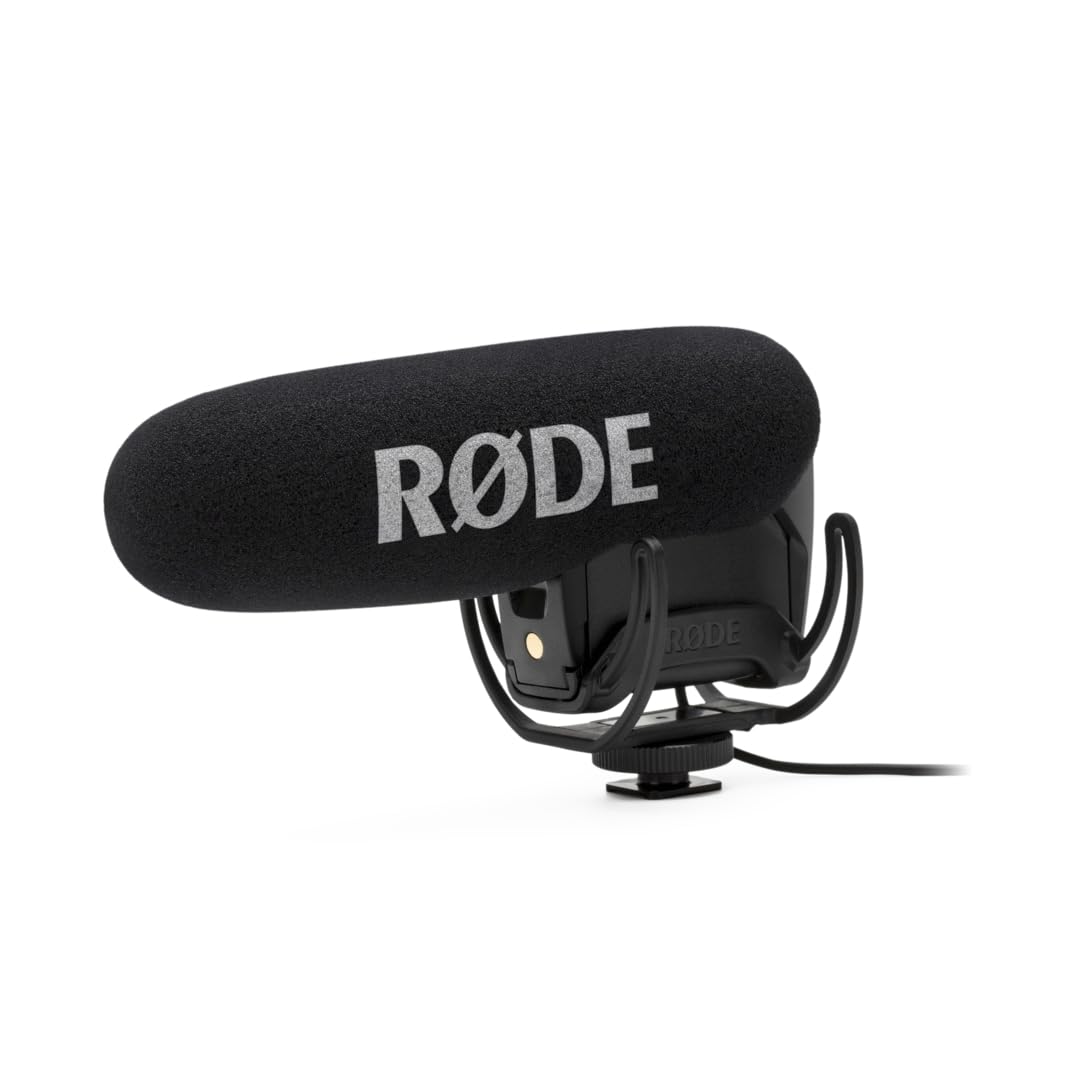
Enhancing Your Recording Experience
Invest in Quality Accessories
To further improve your audio recording experience, invest in quality accessories like shock mounts, pop filters, and windshields. These accessories can help reduce handling noise, protect against plosives, and minimize wind noise when recording outdoors.
Stay Updated with Firmware
For Rode microphones that feature digital components or require software, ensure you keep the firmware updated. Manufacturers like Rode regularly release updates that can improve functionality and even add new features to your microphone.
Understanding Your Microphone’s Capabilities
Take time to thoroughly understand all the features your Rode microphone offers. Reading the manual and watching tutorial videos can provide valuable insights into getting the most out of your microphone for any recording situation.
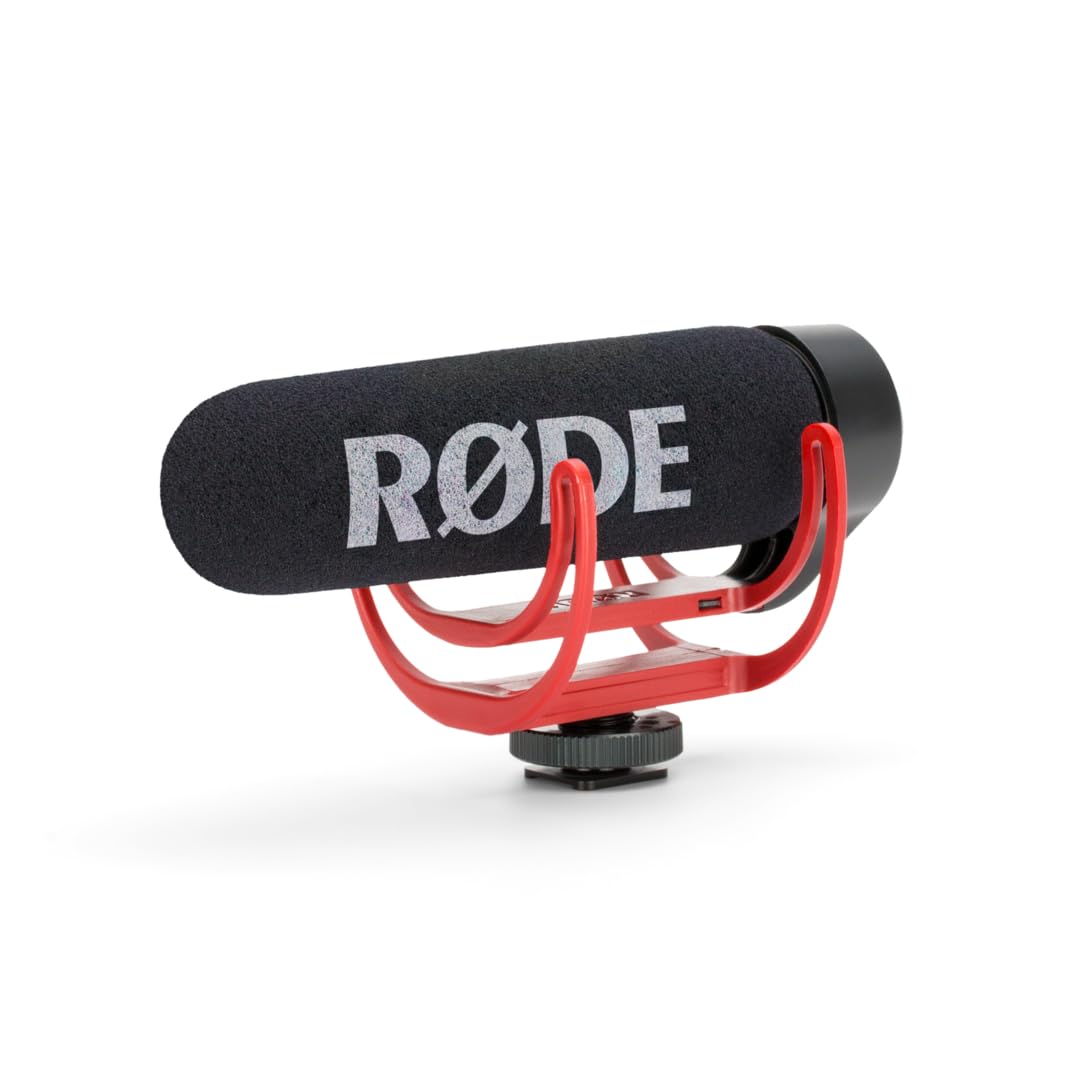
Maximizing Audio Potential with Proper Technique
Utilize Directionality for Isolation
To make the most of your Rode microphone’s directionality, position it so that it primarily picks up sound from the intended source. For cardioid mics, ensure the rear of the mic is facing any unwanted noise sources to take full advantage of its noise rejection pattern. For shotgun mics, aim the microphone precisely at the sound source from a distance, utilizing its narrow pickup pattern.
Control Room Dynamics
In a recording environment, control the dynamics of the room to prevent unwanted echo and reverb. Use acoustic treatments to manage sound reflections. For untreated rooms, makeshift solutions like heavy blankets or mattresses can serve as temporary acoustic dampeners. Remember, the clearer the environment, the purer the audio capture with your Rode microphone.
Consistent Testing for Consistency
Before recording critical sessions, test your microphone and recording setup. Run through a few takes to listen for any issues with sound quality, levels, and clarity. Consistent testing allows you to make necessary adjustments before the final recording, ensuring consistent performance from your Rode microphone.
Streamlining Your Workflow with Rode Microphones
Simplify Post-Production
High-quality recordings from Rode microphones can simplify your post-production workflow. With less need for corrective EQ, noise reduction, and other processing, you can focus on creative aspects like mixing and mastering. This streamlining can save time and preserve the natural character of the original recording.
Leverage Rode’s Versatility
Rode microphones are versatile enough to handle a variety of recording tasks. Whether you need to record a voiceover, an acoustic guitar, or a podcast interview, there’s a Rode microphone that’s up to the task. This versatility means you can use the same microphone for multiple projects, getting more value from your investment.
Planning for Long Sessions
If you’re planning a long recording session, make sure your Rode microphone is comfortably positioned for both the talent and the operator. Adjust the stand height and angle to prevent strain or fatigue. Comfort can greatly influence the performance and the overall quality of the recording.
Capturing crystal clear audio requires a combination of the right tools, proper setup, and careful maintenance. With Rode microphones, you have a wide range of high-quality options at your disposal, each designed to meet specific recording needs. By following best practices for microphone selection, setup, and care, you can consistently achieve professional-level audio clarity that stands out in your projects. Whether recording a podcast, capturing live music, or producing a film, Rode microphones can help you create content with audio quality that matches your vision.

